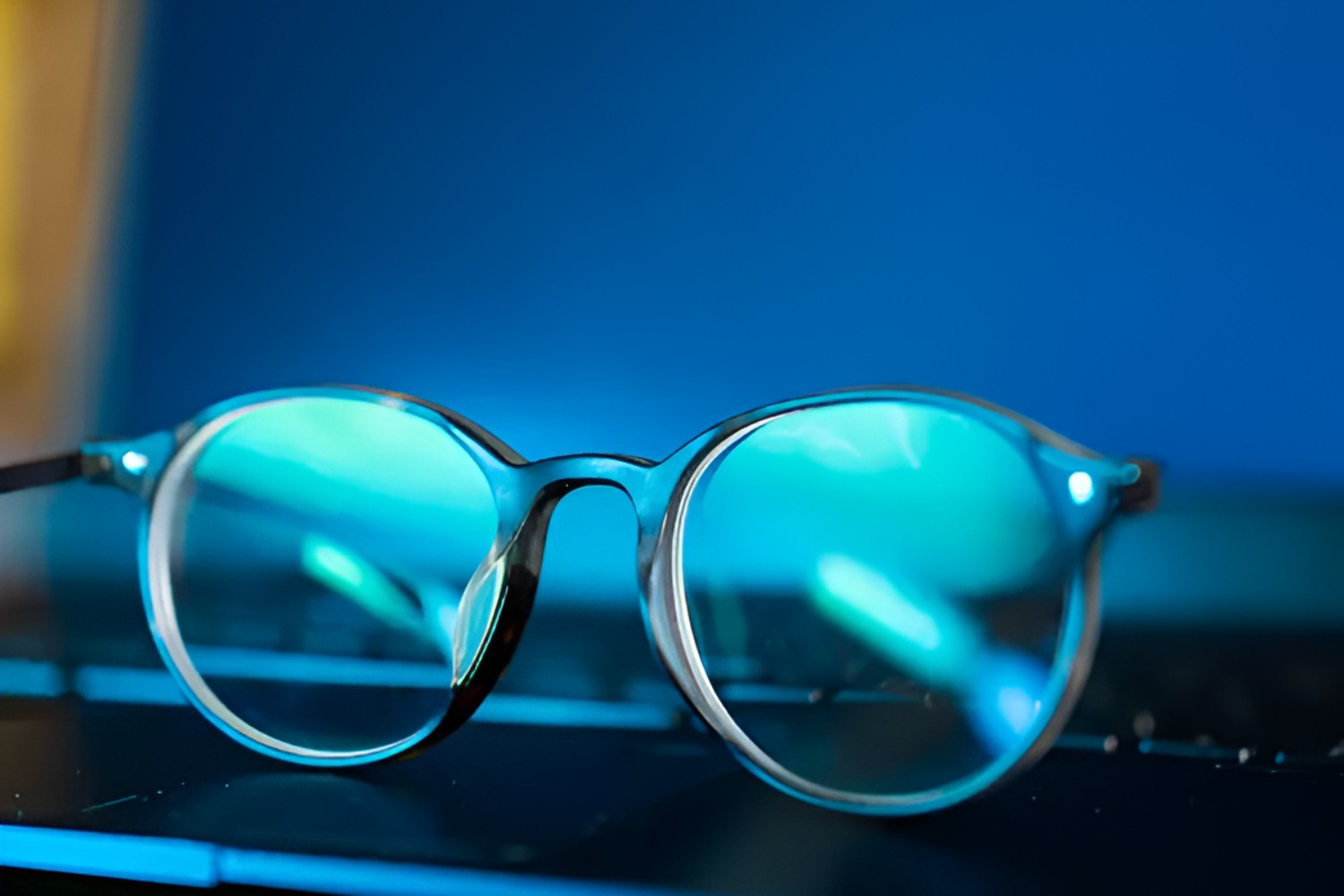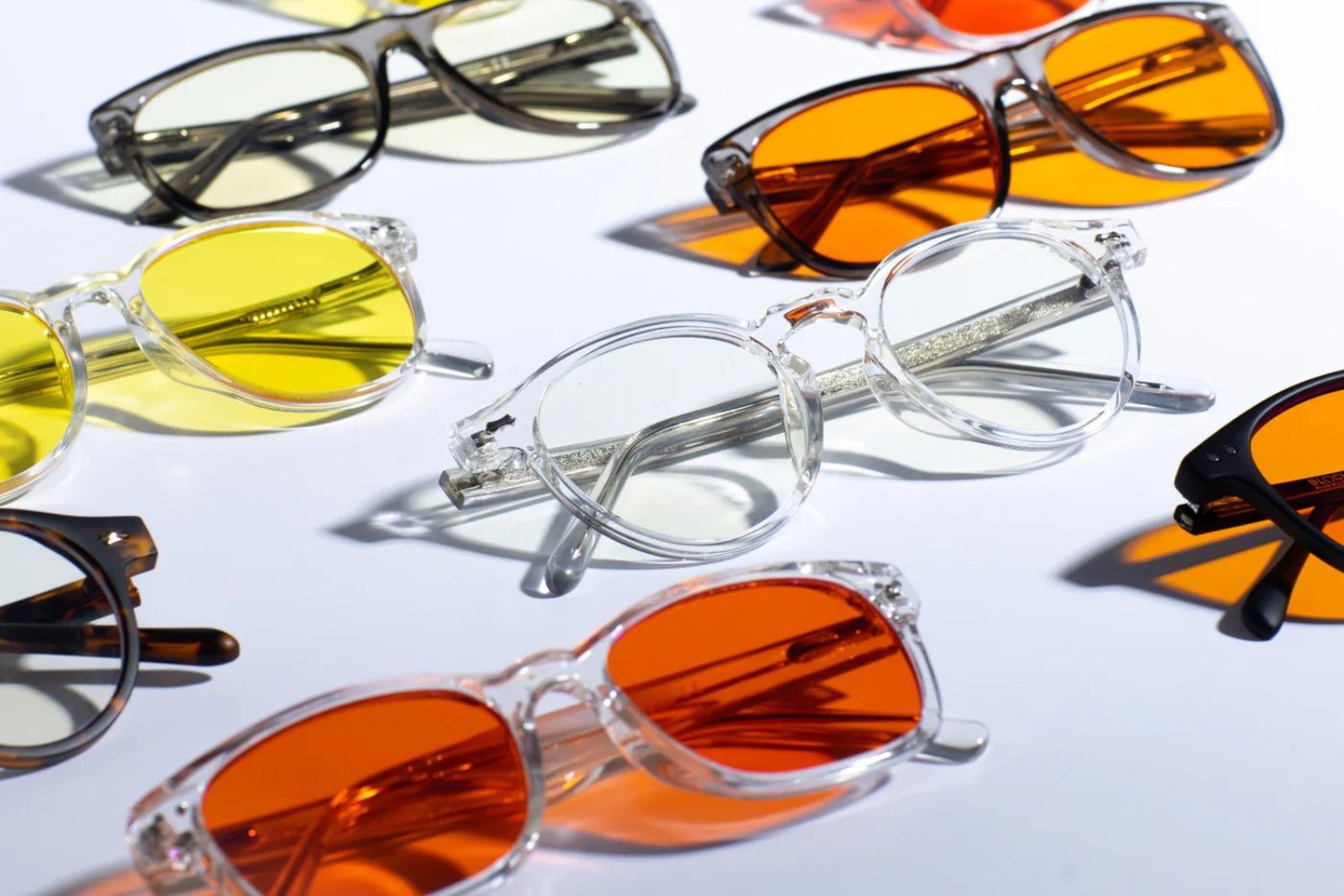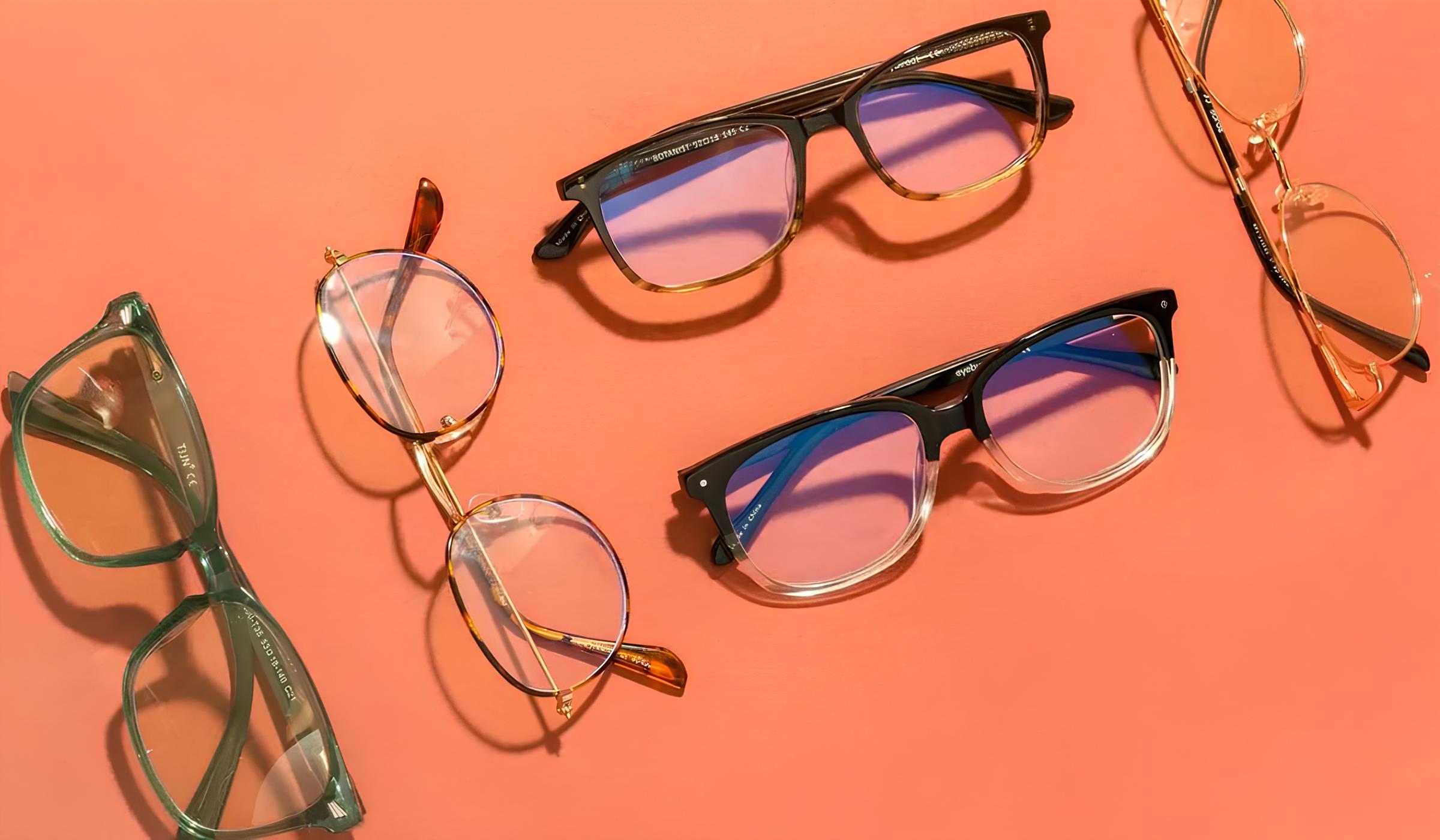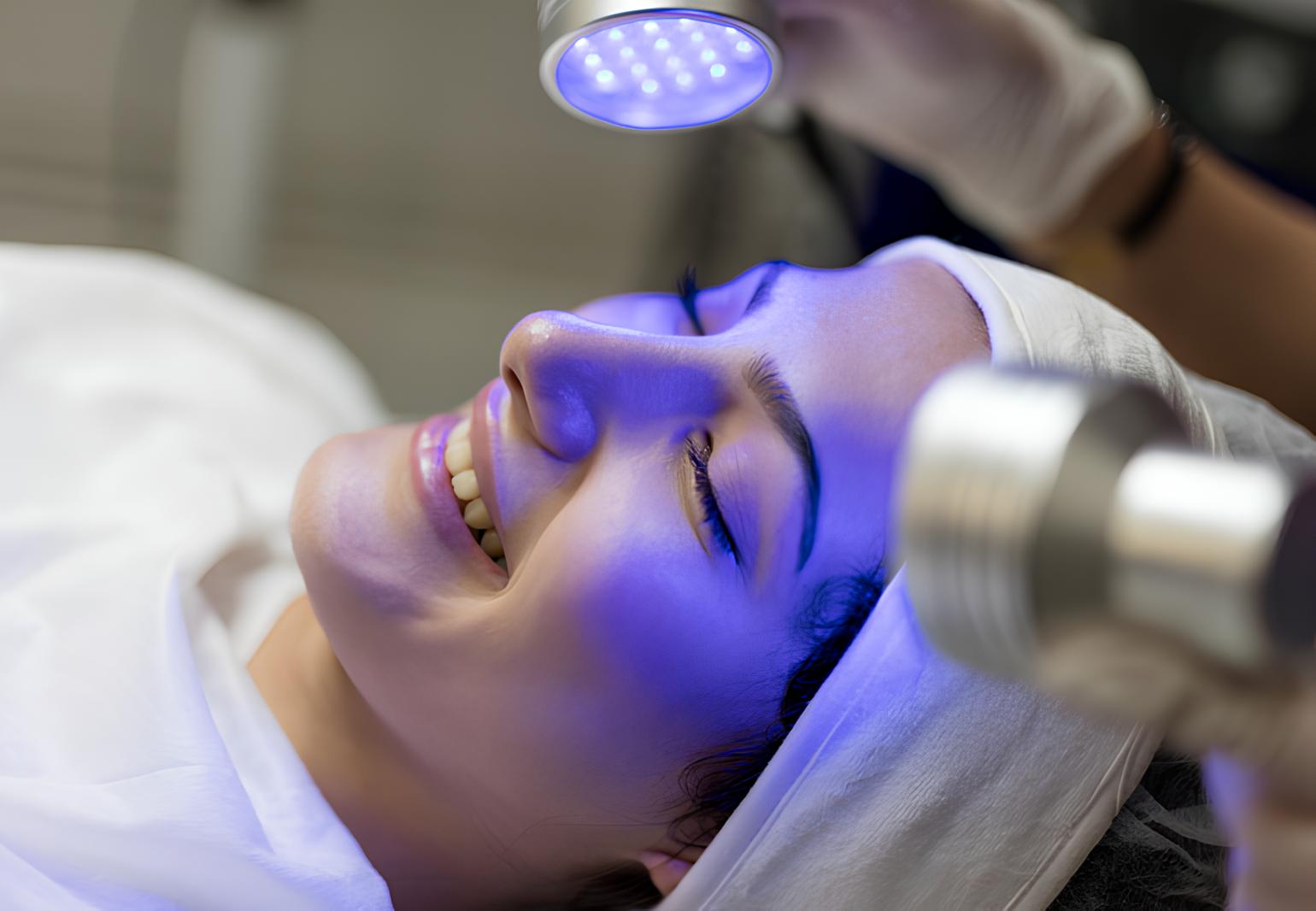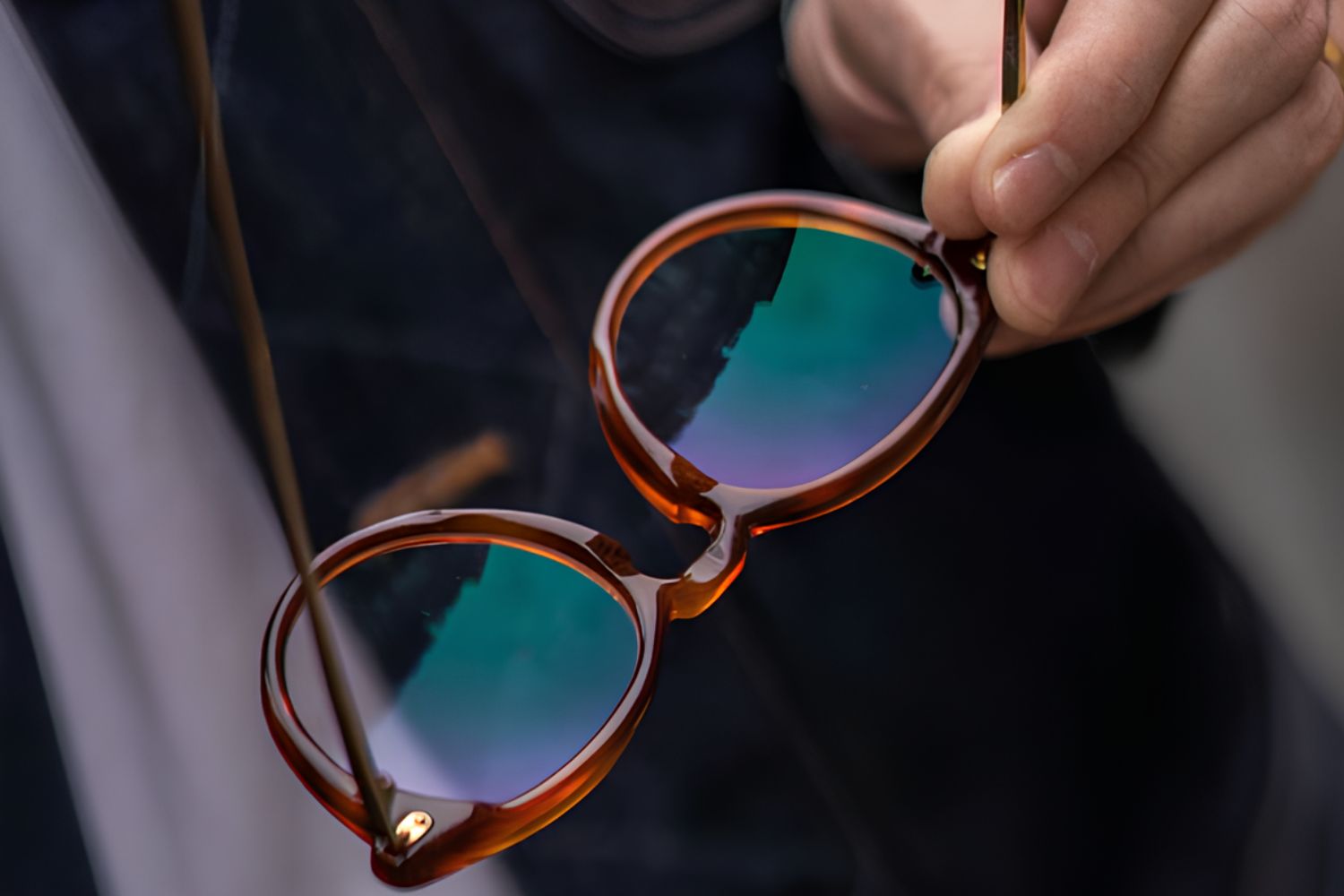Introduction
In today's digital age, our lives are intertwined with technology, and the use of electronic devices has become an integral part of our daily routine. From smartphones and tablets to computers and LED lighting, we are constantly exposed to various sources of artificial light, including blue light. As our reliance on these devices continues to grow, concerns about the potential health implications of prolonged blue light exposure have garnered significant attention.
The pervasive nature of blue light has prompted a critical need to understand its impact on our well-being. This article aims to delve into the intricacies of blue light exposure, examining its sources, potential health effects, and methods for assessing its severity. By gaining a deeper understanding of blue light and its implications, we can make informed decisions to mitigate its potential adverse effects and safeguard our health and well-being.
Stay tuned as we embark on a journey to unravel the mysteries of blue light, exploring its origins, its effects on our bodies, and the tools available to assess its impact. Let's shed light on the complexities of blue light exposure and equip ourselves with the knowledge needed to navigate the digital landscape more mindfully.
What is Blue Light?
Blue light is a high-energy, short-wavelength light that is part of the visible light spectrum. It is emitted by the sun, as well as various artificial sources such as LED lighting, computer screens, smartphones, and other digital devices. The distinctive blue light wavelength ranges between approximately 380 to 500 nanometers, making it one of the most energetic and penetrating forms of visible light.
The prevalence of blue light exposure in our daily lives is largely attributed to the widespread use of digital screens and energy-efficient LED lighting. When these sources emit blue light, it can have both beneficial and detrimental effects on our well-being. On the positive side, exposure to natural blue light during the daytime can help regulate our circadian rhythm, boost alertness, and elevate mood. However, excessive or untimely exposure to artificial blue light, especially in the evening and nighttime, can disrupt our natural sleep-wake cycle and potentially lead to various health issues.
Moreover, the human eye is particularly sensitive to blue light, as it can penetrate the eye's natural filters and reach the retina. Prolonged exposure to blue light, especially from digital devices held at close proximity, has raised concerns about potential eye strain, discomfort, and long-term retinal damage. Furthermore, emerging research suggests that excessive blue light exposure may contribute to digital eye strain, which encompasses a range of symptoms including dry eyes, headaches, blurred vision, and difficulty focusing.
In addition to its impact on visual health, blue light has been linked to potential disruptions in melatonin production, the hormone responsible for regulating sleep. The suppression of melatonin due to late-night exposure to blue light may lead to sleep disturbances and contribute to the growing prevalence of sleep disorders in the digital age.
Understanding the nature of blue light is crucial in evaluating its effects on our physiology and overall well-being. As we navigate the modern landscape filled with digital devices and artificial lighting, it becomes increasingly important to recognize the potential implications of blue light exposure and adopt strategies to mitigate its adverse effects.
In the following sections, we will explore the various sources of blue light exposure and delve into the potential health effects associated with prolonged exposure to this ubiquitous form of light. Let's embark on a journey to unravel the complexities of blue light and gain insights into its impact on our daily lives.
Sources of Blue Light Exposure
The sources of blue light exposure are diverse and pervasive in modern society, encompassing both natural and artificial origins. Understanding these sources is essential in comprehending the extent of our exposure and its potential impact on our well-being.
Natural Sources:
- Sunlight: The primary natural source of blue light is the sun. Exposure to natural sunlight during the day is crucial for regulating our circadian rhythm, enhancing alertness, and uplifting mood. However, excessive exposure to direct sunlight, particularly during midday when the blue light content is at its peak, can lead to potential eye strain and discomfort.
Artificial Sources:
-
Digital Devices: The widespread use of digital screens in smartphones, tablets, computers, and televisions exposes us to significant levels of artificial blue light. Prolonged usage of these devices, especially during evening and nighttime hours, can disrupt our sleep patterns and contribute to digital eye strain.
-
LED Lighting: Energy-efficient LED lighting has become ubiquitous in homes, offices, and public spaces. While offering environmental benefits, LED lights emit a notable amount of blue light. Prolonged exposure to indoor LED lighting, particularly in the evening, can interfere with our natural sleep-wake cycle and impact overall well-being.
-
Fluorescent Lighting: Fluorescent light bulbs, commonly used in office environments and public facilities, emit blue light as part of their spectrum. Extended exposure to fluorescent lighting, especially in environments with inadequate natural light, can contribute to eye strain and discomfort.
-
Electronic Gadgets: Various electronic gadgets, such as digital clocks, kitchen appliances, and gaming consoles, emit blue light to varying degrees. While the individual exposure from these devices may be limited, their cumulative impact, especially in indoor settings, warrants consideration.
By recognizing the multitude of sources through which we encounter blue light, we can better appreciate the pervasive nature of this form of light and its potential implications. As we delve into the next section, we will explore the potential health effects associated with prolonged exposure to blue light, shedding light on the intricate relationship between blue light and our well-being.
Potential Health Effects of Blue Light Exposure
Prolonged exposure to blue light, especially from artificial sources such as digital screens and LED lighting, has raised concerns about its potential impact on our health and well-being. The human eye is particularly sensitive to blue light, and its pervasive presence in our daily lives has prompted investigations into its potential health effects.
Visual Health:
Extended exposure to blue light, especially from digital devices held at close proximity, has been associated with digital eye strain. This condition encompasses a range of symptoms, including dry eyes, headaches, blurred vision, and difficulty focusing. The continuous use of digital screens, coupled with the increasing reliance on technology, has contributed to the prevalence of digital eye strain, affecting individuals of all ages.
Sleep Disruptions:
One of the most significant health implications of blue light exposure is its potential to disrupt our sleep patterns. The suppression of melatonin, the hormone responsible for regulating sleep, due to late-night exposure to blue light, can lead to sleep disturbances and contribute to the growing prevalence of sleep disorders. Prolonged exposure to artificial blue light, especially in the evening and nighttime, can interfere with our natural circadian rhythm, leading to difficulties in falling asleep and obtaining restorative sleep.
Retinal Damage:
Emerging research suggests that prolonged exposure to high-intensity blue light may contribute to retinal damage over time. The cumulative impact of blue light on the retina, particularly in individuals with increased susceptibility due to age or underlying eye conditions, has prompted concerns about the potential long-term implications on visual health.
Overall Well-being:
In addition to specific visual and sleep-related concerns, the overall well-being of individuals may be affected by prolonged exposure to blue light. The pervasive nature of digital screens and artificial lighting has altered our daily exposure to light, potentially impacting mood, cognitive function, and overall physiological well-being.
Understanding the potential health effects of blue light exposure is crucial in adopting proactive measures to mitigate its impact. As we delve into the next section, we will explore the methods for assessing the severity of blue light exposure, equipping ourselves with the tools needed to make informed decisions about managing our interaction with this ubiquitous form of light.
Assessing the Severity of Blue Light Exposure
Assessing the severity of blue light exposure is essential in understanding its potential impact on our health and well-being. As we navigate the modern digital landscape, it becomes increasingly important to evaluate our interaction with artificial light sources, particularly those emitting blue light. Several methods and tools are available to assess and mitigate the potential adverse effects of blue light exposure.
Blue Light Filters and Screen Protectors
One of the primary approaches to mitigate blue light exposure is the utilization of blue light filters and screen protectors. These specialized filters are designed to reduce the amount of blue light emitted from digital screens, thereby minimizing the potential impact on visual health and sleep patterns. By incorporating blue light filters on electronic devices, individuals can proactively manage their exposure to artificial blue light, especially during evening and nighttime usage.
Spectral Analysis and Measurement
Advancements in spectral analysis and measurement technologies have facilitated the quantification of blue light emissions from various sources. Spectral analysis tools enable the precise measurement and characterization of the spectral output of lighting sources, including the intensity and distribution of blue light wavelengths. By leveraging these analytical tools, researchers and lighting professionals can gain insights into the spectral composition of artificial lighting and its potential implications for human health, thereby informing the design and implementation of lighting solutions with reduced blue light emissions.
Circadian Lighting Design
In architectural and lighting design, the concept of circadian lighting has emerged as a proactive approach to address the impact of artificial light on human circadian rhythms. Circadian lighting systems are engineered to mimic the natural progression of daylight, adjusting the spectral content and intensity of light throughout the day to align with our biological rhythms. By integrating circadian lighting principles in indoor environments, such as workplaces and educational facilities, the potential disruptions caused by excessive blue light exposure can be mitigated, promoting a healthier lighting environment for occupants.
Personalized Exposure Assessment
Individualized assessment of blue light exposure is increasingly facilitated through wearable devices and smartphone applications. These technologies enable individuals to track their daily exposure to blue light, offering insights into their usage patterns and potential areas for modification. By empowering individuals with personalized exposure data, these tools encourage mindful usage of digital devices and promote awareness of the potential implications of excessive blue light exposure on visual and overall well-being.
By leveraging these approaches and tools for assessing the severity of blue light exposure, individuals, lighting professionals, and researchers can work collaboratively to address the challenges posed by artificial light sources. Through proactive measures and informed decision-making, we can strive to create environments that promote healthy interactions with light while minimizing the potential adverse effects of blue light exposure.
Conclusion
In conclusion, the pervasive presence of blue light in our modern lives necessitates a comprehensive understanding of its sources, potential health effects, and methods for assessing its impact. As we navigate the digital landscape filled with electronic devices and artificial lighting, it is imperative to recognize the intricate interplay between blue light and our physiological well-being.
The sources of blue light, ranging from natural sunlight to energy-efficient LED lighting and digital screens, underscore the ubiquitous nature of this form of light. While natural exposure to sunlight during the day offers benefits for regulating our circadian rhythm, excessive or untimely exposure to artificial blue light can pose challenges to our visual health and sleep patterns. The prevalence of digital eye strain and the potential disruptions to our natural sleep-wake cycle underscore the need for proactive measures to mitigate the adverse effects of blue light exposure.
The potential health effects associated with prolonged exposure to blue light, including visual discomfort, sleep disturbances, and concerns about retinal damage, highlight the significance of addressing this pervasive form of light. By recognizing the implications of blue light exposure on our overall well-being, individuals and professionals can collaborate to implement strategies that promote healthy interactions with light while minimizing potential risks.
Assessing the severity of blue light exposure encompasses a range of approaches, from the utilization of blue light filters and spectral analysis tools to the integration of circadian lighting principles and personalized exposure assessment. These methods empower individuals and professionals to make informed decisions about managing their interaction with blue light, thereby fostering environments that prioritize visual health and overall well-being.
In the quest to navigate the complexities of blue light exposure, it is essential to remain vigilant and proactive in adopting measures that promote a balanced relationship with artificial light sources. By embracing technological advancements, leveraging scientific insights, and advocating for mindful usage of digital devices, we can strive to create environments that support our well-being in the digital age.
As we continue to unravel the mysteries of blue light and its impact on human health, the journey towards fostering healthy interactions with light is ongoing. Through collaboration, awareness, and informed decision-making, we can navigate the digital landscape with a heightened sense of mindfulness, ensuring that our relationship with light promotes our well-being and enhances our quality of life.










